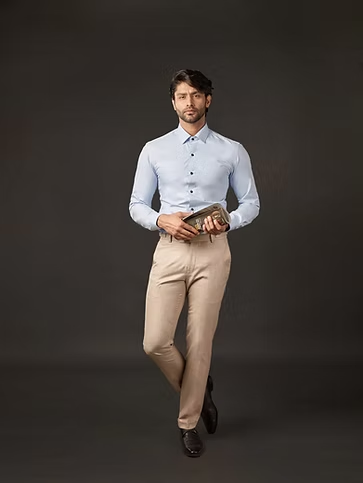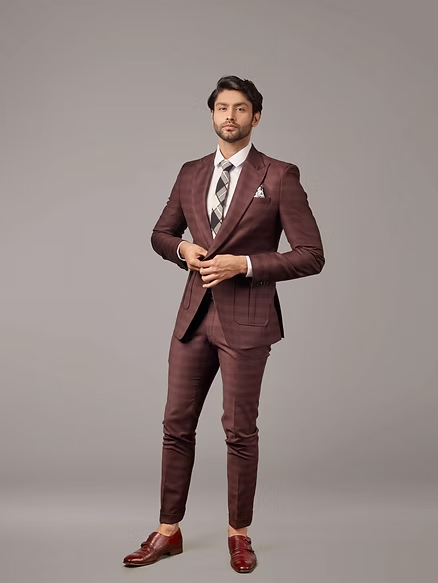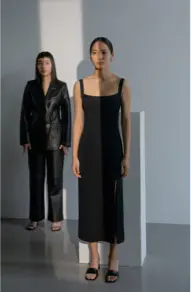The Real Meaning Of Bespoke.
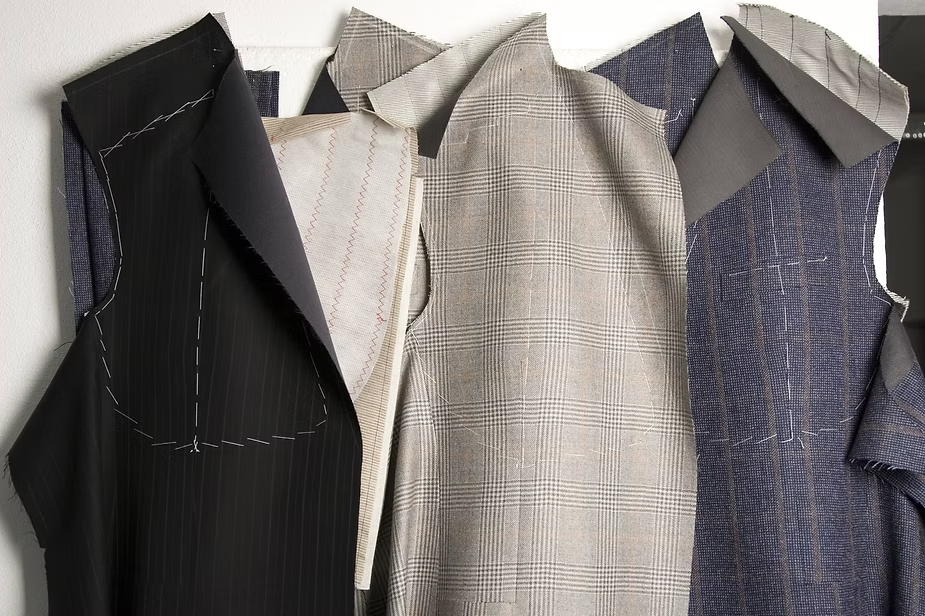
Before the invention of sewing machines in the 18th century, all clothes were hand-cut and sewn similar to the way modern-day bespoke tailors work. 19th century London must have been like one big tailor market serving gentlemen from the whole Empire. Bespoke has been in India since generations as well. Clothing as a consumer product in India was a ‘tailor delivered outfit’ till the late 20th century. During the last 2-3 decades, there was a major shift towards Ready-To-Wear and almost disappeared. The industrial revolution saw the birth of mass production. However, love affair with personalization and bespoke clothing sustained and it’s staged to come back in a big way.

What exactly is bespoke clothing? The word bespoke is derived from the verb bespeak which means to “speak for something”. Like its meaning, bespoke clothing actually speaks for you. It is traditionally cut from a pattern drafted from scratch for the customer. The term originated from Savile Row, a street in London considered the “Golden Mile of tailoring”. The pattern of a bespoke suit is designed and made from scratch based on the client’s measurements, often from 20+ measurements which involves multiple fittings and takes considerably longer to produce than a made-to-measure garment. This ensures a perfect fit and elaborate detailing. It also ensures the finest quality. Like a real bespoke shirt is stitched with silk thread, unlike the regular ones. Mother of Pearls are used instead of plastic buttons. Cotton count is different. Generally, Carlo Riva fabrics are the best for shirts. When it comes to suits, worsted wool is always the all-time favorite fabric.
Origin
The history of Bespoke probably dates back to the advent of clothing and tailoring, when mankind started recognizing clothing as a look enhancer rather than just functionally using them to cover the body. On London’s storied Savile Row, once a fabric was ‘spoken for’, the suit stitched from it was deemed ‘bespoke.’ Mostly tailored by a high skilled master tailor to the accurate size of its wearer, the suit won’t be able to claim its ‘bespoke’ label until at least 50 hours of labour has gone into its making. Bespoke tailoring slowly developed over the course of history along with mankind. It was in Savile Row London where this art form originated and marked the beginning of the norms and ethos of formal gentlemen’s style. London was the capital of the first world at the time, and English style and British cloth were internationally considered to be the height of elegance.
From the streets of Savile Row, bespoke production started spreading to countries like India,Hong kong, Italy, etc. In the 18th century, tailors started to think about ways to reduce the number of trial fittings and save time. They started creating cutting systems followed by the invention of sewing machine in 1790, changed the process of garment construction forever. By 1830, the first machine-based clothing manufacturer opened in France to supply uniforms to the French army and civilian clothing manufacturers soon followed. To provide military and civilised uniforms at low cost in huge numbers, ready-to-wear clothes were made in great numbers. With the accessibility of ready-to-wear clothes and its low cost, the demand for bespoke clothing declined. It was still the first choice for people who could afford it and also for some who wanted it but found it too expensive. The appeal of bespoke tailoring still remained the same. Each garment was unique in terms of style and fit to its owner. Another mark in the bespoke history is the introduction of ‘Fusing’. Fusing is a method that joins the interlining with the outer fabric using an adhesive. This adhesive is applied to the interlining. A significant difference between factory-made garments and the handmade bespoke product emerged when fusing became standard in the ready-to-wear industry in the 1960s. It saved a lot of time and thus became a standard procedure. Since the 1960s, bespoke tailors used the term “fusing” in a condescending manner to differentiate between ready-to-wear and bespoke tailoring. The bespoke suit with handsewn interlinings are shaped more precisely to the figure and the lapels will have the typical roll of the tailored suit.
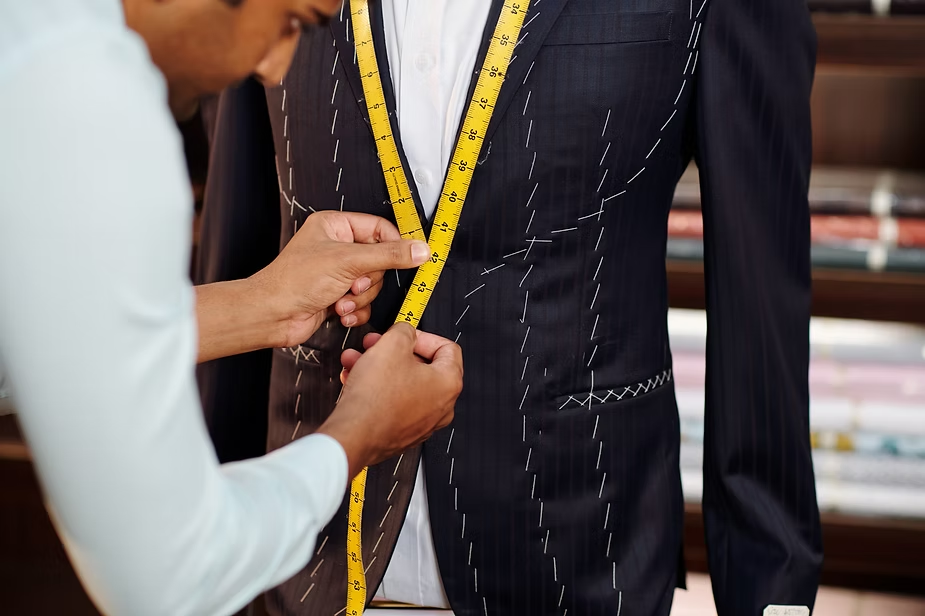
Bespoke Today
Bespoke clothing is getting organised day by day with the growth of the luxury market. The idea of purchasing ‘what I exactly want to buy’ is the driver of this service category. With the middle class becoming more affluent, the demand for bespoke services are rising. The bespoke suit, with its exquisite detail and luxurious fabrics, was once reserved for only wealthy style connoisseurs. But now as price falls and awareness grows, bespoke tailoring is becoming a growing trend amongst professional men who likes to invest to look better and their wardrobe will stand a test of time. Seems like more and more young men are interested in handmade clothes and some even want to learn the trade. In today’s world, dressing in a classic way has found its new audience and for those men, owning a bespoke tailored garment is still a wardrobe goal. In a world where hardly few things are truly unique, bespoke tailoring offers the gentleman a chance to own not only something that fits him perfectly but also something that is exclusive unto his wardrobe alone. This exclusivity is still keeping bespoke tailoring and its demand alive. Men who appreciate the highest quality are increasingly going to great lengths to get the suits they actually desire

